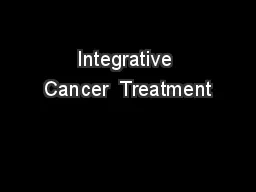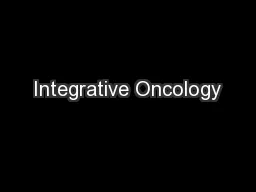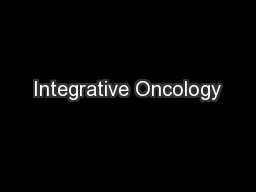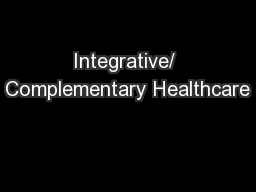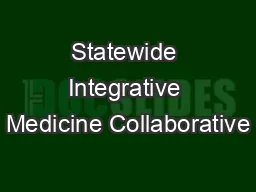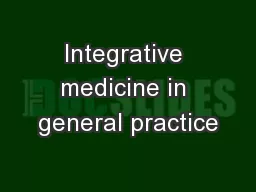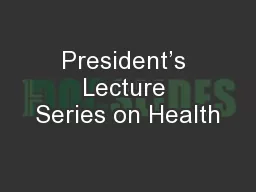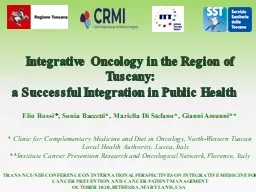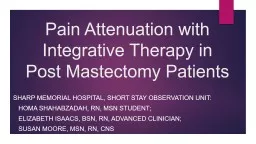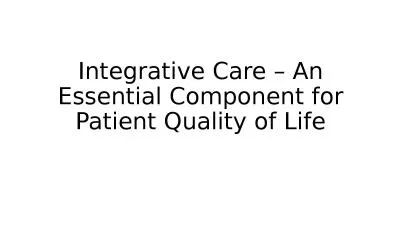PPT-Integrative Cancer Treatment
Author : cheryl-pisano | Published Date : 2020-04-05
Mel Litman MD Weston Price Foundation Baltimore Nov 18 2018 Incidence of Cancer in America CACancer Journal for Clinicians 2000 19003 of deaths from cancer 200024
Presentation Embed Code
Download Presentation
Download Presentation The PPT/PDF document " Integrative Cancer Treatment" is the property of its rightful owner. Permission is granted to download and print the materials on this website for personal, non-commercial use only, and to display it on your personal computer provided you do not modify the materials and that you retain all copyright notices contained in the materials. By downloading content from our website, you accept the terms of this agreement.
Integrative Cancer Treatment: Transcript
Download Rules Of Document
" Integrative Cancer Treatment"The content belongs to its owner. You may download and print it for personal use, without modification, and keep all copyright notices. By downloading, you agree to these terms.
Related Documents

